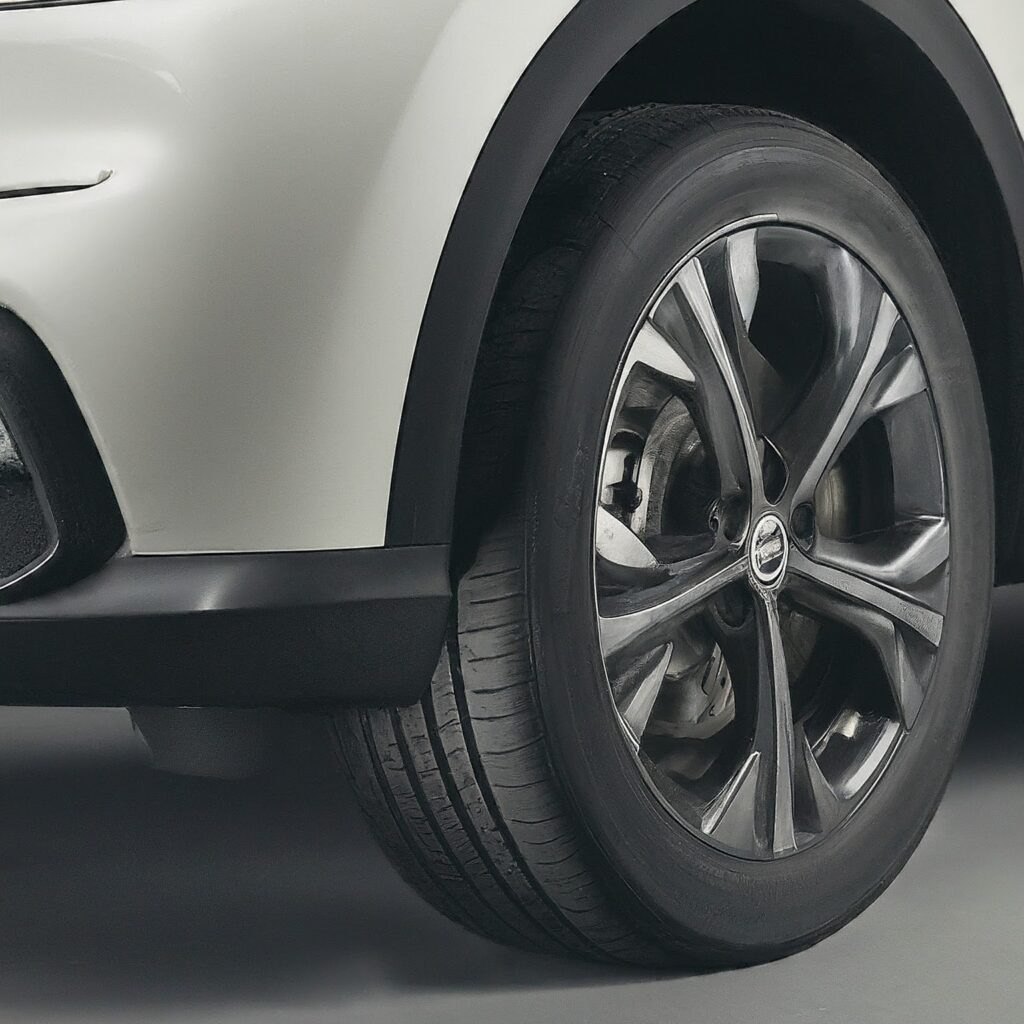
Are you tired of the shaky ride caused by unbalanced tires? Don’t fret! Balancing your tires is a crucial maintenance task that can enhance your driving experience, improve fuel efficiency, and extend the lifespan of your tires. And the best part? You can balance your tires yourself with just a few tools and some know-how.
In this guide, we’ll walk you through the step-by-step process of balancing your tires like a pro. From understanding the importance of tire balancing to mastering the technique, you’ll be equipped with everything you need to hit the road with confidence.
Why Balancing Your Tires Matters
Before diving into the nitty-gritty of tire balancing, let’s discuss why it’s essential. Balancing your tires ensures that the weight of the tire and wheel assembly is distributed evenly around the axle, preventing vibrations that can lead to discomfort and uneven tire wear.
Driving with unbalanced tires can result in a bumpy ride, increased tire wear, and even damage to your vehicle’s suspension components. Additionally, balanced tires promote safer driving by improving traction and stability, especially at higher speeds.
Signs Your Tires Need Balancing
Before diving into the how-to, let’s establish if your tires are truly unbalanced. Here are some telltale signs:
- Vibration in the steering wheel: This is the most common symptom, typically occurring at higher speeds (between 50-70 mph). The vibration can vary in intensity depending on the severity of the imbalance.
- Uneven tire wear: Look for scalloping or cupping on the tread surface, indicating excessive wear on specific sections of the tire.
- Off-center tracking: The car may pull slightly to one side while driving, even when you’re not actively turning the wheel.
If you’re experiencing any of these issues, it’s a good idea to check your tire balance.
Tools and Equipment You’ll Need
To get started, gather the following tools and equipment:
- Tire balancing weights
- Tire balancing machine
- Tire pressure gauge
- Valve stem tool
- Wheel weights hammer
These tools are readily available at auto parts stores or online retailers. Investing in a quality tire balancing machine is worthwhile if you plan to balance your tires regularly.
Step-by-Step Guide to Balancing Your Tires
Now that you have your tools ready, let’s dive into the step-by-step process of balancing your tires:
1. Remove the Wheels
Start by lifting your vehicle using a jack and securely placing it on jack stands. Safety should always be a priority when working on your vehicle. Once the vehicle is safely elevated, use a lug wrench to remove the wheels and set them aside in a clean, flat area.
2. Inspect the Tires
Before proceeding, it’s essential to inspect the tires for any signs of damage, such as cuts, bulges, or excessive wear. Addressing any issues before balancing the tires ensures optimal performance and safety on the road.
3. Mount the Tire on the Balancing Machine
Place the first tire on the tire balancing machine according to the manufacturer’s instructions. It’s crucial to ensure that the tire is securely mounted and centered on the machine’s spindle for accurate measurements.
4. Determine the Imbalance
Activate the balancing machine and allow it to spin the tire. The machine will detect any imbalances and indicate the location and amount of weight needed to balance the tire. Pay close attention to the readings to determine the appropriate placement of wheel weights.
5. Attach Wheel Weights
Using a valve stem tool, remove the valve stem cap to access the valve stem. Attach the required wheel weights to the rim’s inner and outer edges as indicated by the balancing machine. Start with the recommended weight and make adjustments as needed to achieve optimal balance.
6. Recheck the Balance
Once the wheel weights are attached, recheck the balance by spinning the tire on the balancing machine. This step ensures that the tire spins smoothly without any noticeable vibrations. Make any necessary adjustments to the placement of wheel weights until the balance is perfect.
7. Repeat for Each Tire
Repeat the balancing process for each tire on your vehicle, ensuring that each one is properly balanced before moving on to the next. Take your time and pay attention to detail to achieve the best results for optimal performance and safety on the road.
8. Reinstall the Wheels
With all the tires balanced, carefully reinstall the wheels onto your vehicle’s axles. Use a lug wrench to tighten the lug nuts in a star pattern to ensure even tightening. It’s essential to torque the lug nuts to the manufacturer’s specifications to prevent over-tightening or under-tightening.
9. Check Tire Pressure
Before hitting the road, don’t forget to check the tire pressure using a tire pressure gauge. Properly inflated tires are essential for optimal performance, fuel efficiency, and safety. Inflate the tires to the recommended pressure specified in your vehicle’s owner’s manual or the tire placard located on the driver’s side door jamb.
Conclusion
Balancing your tires doesn’t have to be a daunting task. With the right tools and a little know-how, you can ensure a smooth and comfortable ride for miles to come. By following this step-by-step guide, you’ll be able to balance your tires like a pro and enjoy the many benefits of properly balanced wheels.
So why wait? Take control of your driving experience by balancing your tires yourself today. Your vehicle and your wallet will thank you for it!
Learn more about tire balancing and start enjoying a smoother ride.


